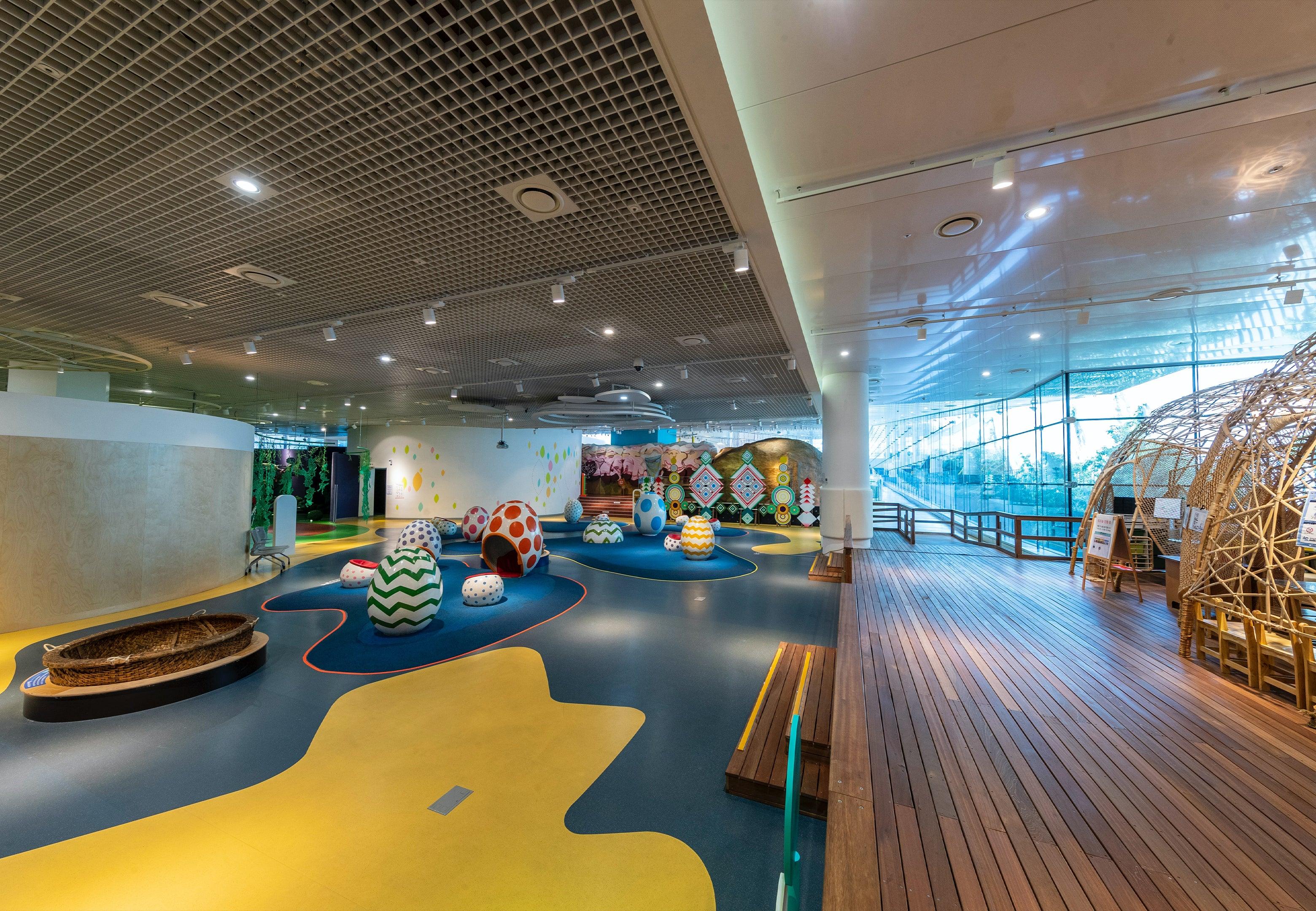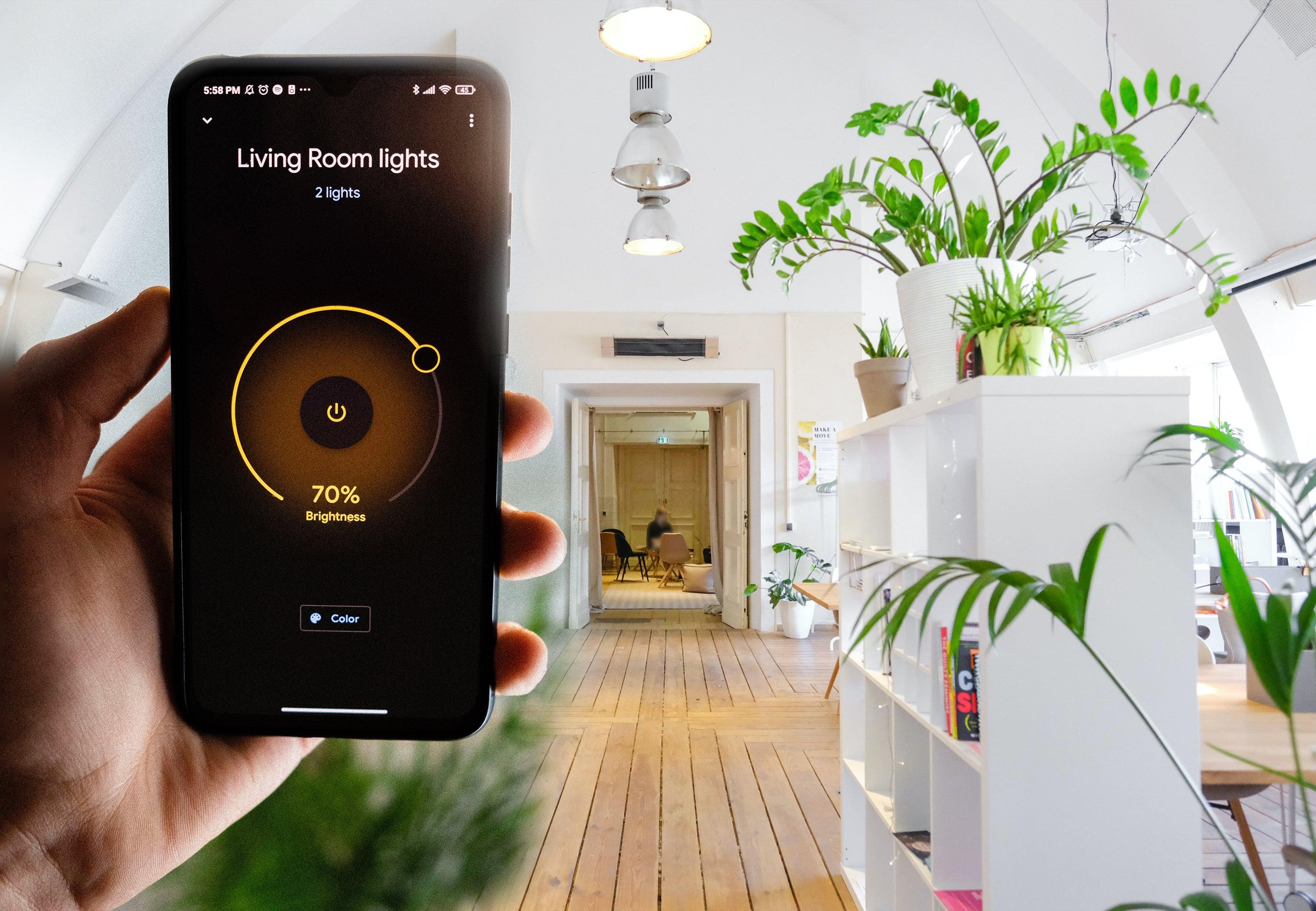
How to improve energy efficiency in commercial spaces?
Commercial buildings use more energy than any other industry in the modern economy. Commercial and residential buildings accounted for 40% of total US energy usage in 2015, according to data from the US Energy Information Administration. There has also been a 700% increase in commercial primary energy use in India during the last four decades, according to a UNDP report (United Nations Development Programme).

The rise in population, the growth of the economy, and the yearning for people for a better quality of life have led to an increase in energy consumption. However, even though the goal is admirable, if the increase in energy use is not reined in, it will have a negative influence on the global ecology.

It's clear that the world after COVID-19 is going to be considerably different, and it's going to have an impact on the daily lives of everyone on the planet. Businesses are more likely to use renewable, environmentally friendly, and long-term solutions to reduce their energy consumption. The environmental impact will be minimized by limiting, checking, and recycling the usage of resources at every level.

Government buildings, banks, hospitals, schools, malls, retail, restaurants, and workspaces are all examples of commercial buildings. Office and retail are the two areas that consume the most energy. To perform their daily activities, they consume a significant amount of energy. As a result, firms that wish to do so in an economical manner must put together an energy management strategy.

Energy-suckers aren't what companies want to be recognized for. Any forward-thinking organization is constantly on the lookout for innovative ways to lower its consumption of energy and its environmental impact. Energy costs are a concern, but they only want to make slight adjustments to the way things are currently done. These new-age systems and other sustainable solutions can reduce energy consumption by 5 to 15 percent and often pay for themselves within three years.
We'll take a look at 10 ways businesses can become more energy-efficient and self-sufficient in the following sections:
1. Make energy conservation a part of your company's culture
As the phrase goes, "Change begins at home," so too does every company's savings begin at the bottom line. For businesses, energy-saving isn't something that should be enforced, but something that should become a habit for every employee. This reduces costs for the business while also preserving the environment. Creating a sustainable business culture can be as simple as turning off lights and appliances when not in use, or as complex as implementing water conservation measures like recycling used water.

2. Performing routine checks and balances
Keeping a close eye on and managing the amount of energy used in a building helps to lower one's utility cost. It's also a good way to find out what parts of the building are using the most power. To run the day-to-day operations, one can implement numerous sustainable and renewable solutions with the help of auditing.

3. Get rid of what you no longer use
The older the technology, the more energy it consumes. The company's monthly energy bill is heavily burdened by these out-of-date machines. Old heating and cooling systems should be replaced, and energy-certified items and energy-efficient lighting in the business's premises should be used to reduce energy usage.
4. Take advantage of cutting-edge technology
Advanced analytics companies can regulate and manage the energy utilized by installing automation systems, IoT systems, and employing real-time data. For instance: Installing motion sensors or daylight sensors in the workplace. When there are only two or three workers in the office, it's better to use smaller task lights instead of turning on the overheads. Setting your appliances to automatically turn off at the end of the workday can save you up to 4% or more in energy bills.

5. Use the sun's power to your advantage
There is no greater source of light, heat, and energy than the sun itself. Using improved window designs that allow sunlight to illuminate the interiors of a building can improve the lighting of a building's interior. Interiors with light-colored surfaces make better use of the sun's energy. Businesses can reduce the use of artificial lighting during daylight hours in this manner.

6. Different shades
A business can employ window coverings or heat-resistant/tinted window glasses to reduce the amount of sunshine entering the building, which can lead to overheating. This significantly lessens the reliance on air conditioning.

7. Make an effort to insulate
As in India, where sunlight is abundant, a commercial building may use more energy than necessary due to the excessive use of sunlight in the building. As a result, businesses save money and become more energy-efficient by improving and reinforcing their insulation. To reduce the building's need for heating and cooling, the exterior layer can and should be built to include insulation materials. It is also possible to prevent air leaks in existing structures by repairing doors and windows.
8. Decide on a proper ventilation system for your building
Indoor air quality is just as crucial as outdoor. Excess energy used to regulate the temperature of a building can be saved by installing the proper ventilation.
9. Make use of time-tested approaches
Buildings made of glass consume more energy than those constructed of traditional materials in hotter regions of the world, like India. A greenhouse effect is created within buildings by using glass as a heat trap, which is subsequently removed using air conditioning to cool the interiors. To reduce the environmental impact, concepts such as Earth Architecture and Green Building Architecture should be incorporated together.

10. Reduce your reliance on fossil fuels by ten percent
Drip irrigation, solar-powered LED street lighting, and rooftop solar panels can all have a significant impact on your energy use in the building itself. A firm can meet its energy or resources needs by installing water treatment plants, waste management plants, water harvesting systems, and other water conservation measures. Solar, wind, and water resources should be used more frequently by businesses to generate electricity and reduce their dependence on fossil fuels.
More efficient energy sources, lighting fixtures, proper insulation, and smart technology, such as dimmer switches, can all help your building be more energy efficient. Choosing an energy-efficient product is as simple as checking the product's energy efficiency standards before putting it into service in your facility.
Take these steps to improve your energy efficiency and save money on your utility bills. These savings might be used to pay for repairs and other charges. Making the switch to a smart building not only helps the environment but may also save you a lot of money on your energy bills.
 Talk On Call
Talk On Call Chat On WhatsApp
Chat On WhatsApp


